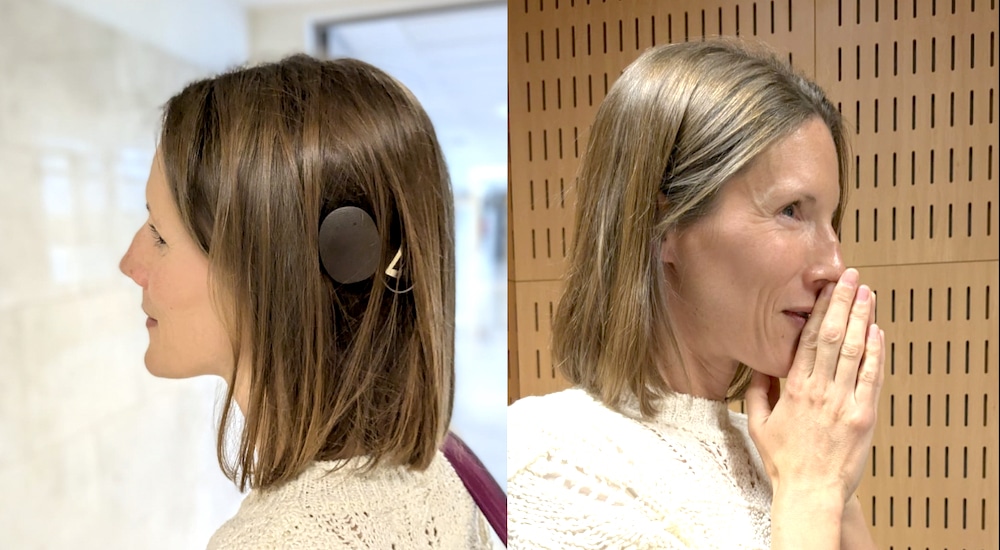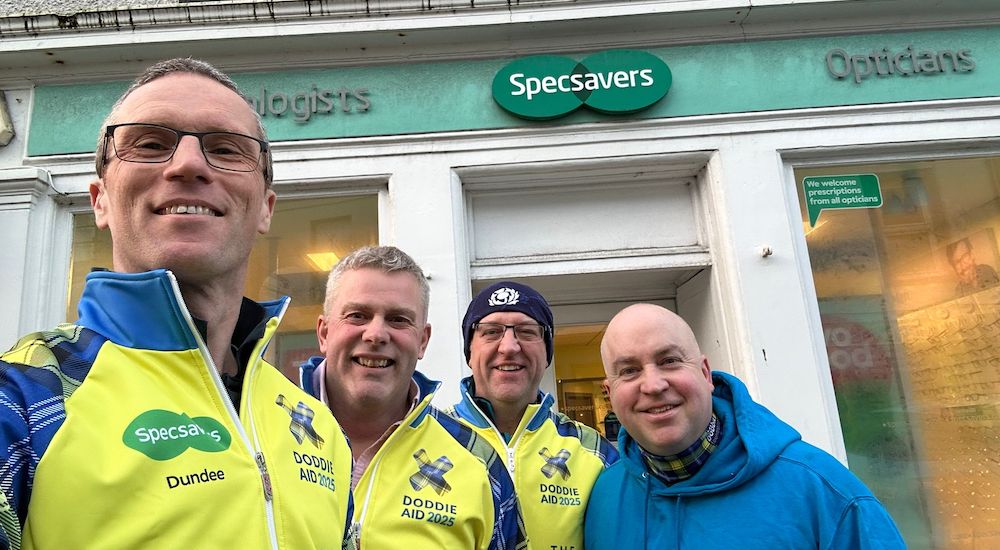Accessibility done right! How the UK's National Theatre offers an exceptional experience for hearing aid users
When it comes to accessibility for theatre users, the UK's National Theatre is at the top of its game. BIHIMA spoke to David Bellwood, Head of Access, about what makes NT different and how organisations can start to adopt similar methods.

Accessibility options for those with hearing loss or deafness are notoriously difficult at theatres in the UK. From poor sound quality to varying levels of staff’s deaf awareness, unreliable booking systems, and interference issues, hearing instrument users often face a major anti-climax when they take the theatre seats they have paid good money for.
This is a topic we are really interested in here at BIHIMA – our hope is to work with like-minded organisations to establish a minimum standard for theatres and how they cater to those with hearing loss. One important way to get this ball rolling is by shining a light on the theatres that are already doing an exceptional job.
One such venue is the National Theatre. We spoke to David Bellwood, Head of Access, about how the NT prioritises accessibility and what this looks like for those with hearing loss.

© NT David Bellwood, Head of Access at National Theatre
Access for hearing aid users at the National Theatre
The National Theatre has a core aim: to be welcoming and accessible to all. Through a programme of assisted performances, accessibility devices and adjustments at its London South Bank home, the company strives to meet the requirements of deaf, disabled and neurodivergent people, as well as those who have requirements due to physical or mental health conditions.
They do this through a combination of creating productions that are free from barriers in the first instance and, when this isn’t possible, identifying and removing those barriers. With this strategy in mind, they have created an unparalleled selection of assistive systems and a thorough access scheme.
The importance of feedback of the right kind
David Bellwood said: “The National Theatre is always striving to broaden and improve accessibility for all, including Deaf and hard of hearing people. Our commitment is focused on the Social Model of Disability, which prioritises listening to the feedback of our audiences to ensure adjustments are what people actually need, not just what we think they might need. We aim to ensure that everyone feels welcome at the National Theatre and feels comfortable in talking to us about what support they need during their time here. Most of all, we hope that anyone, whatever their requirements, can feel comfortable at our theatres and have an enjoyable and entertaining time.”
And the proof is evident; continuous feedback from theatre users shows that the National Theatre is achieving its aim, enabling seamless performance experiences for those with additional needs.

© Johan Persson Michael Sheen (Nye Bevan) in Nye, from March to May at the National Theatre.
What assistive systems does the National Theatre have?

© Cameron Slater “We have lots of problem solvers to find the right solutions,” says David Bellwood. Photo shows Smart Capture Glasses.
The National Theatre boasts a selection of different options for visitors with hearing loss or deafness. These include:
Hearing enhancement headsets
Hearing loop system
Smart caption glasses
Captioned performances
The venue’s hearing enhancement headsets use an infra-red hearing enhancement system through Williams AV headsets: a newer addition to their access strategy.
“The Williams AV headsets came into fruition after a tender process following a previous partnership with Sennheiser. These headsets are easy to operate, reliable and flexible. In addition, the clarity on them is truly excellent. I’ve not heard of a headset as good as theirs in terms of that sound quality. This matters because we want the users to experience the best of the best.” said David.

© NT Captioned performance of Saint George and the Dragon
Similarly, the loop system required considerations on reliability, technical limitations, and delivery to every seat. Due to the historic nature of the theatre building, there were limitations over how the loop system could remain adaptable and durable, while still providing excellent coverage. The innovative answer was to install the system under the carpets.
David explained: “It’s a fine balance between looking beyond the limitations of our listed buildings so that we could get the systems in without being too visible and, of course, not jeopardise the quality of sound. Luckily we have lots of problem solvers (and experts in hearing enhancement systems!) to find the right solutions.”
Top sound engineers
The high competency of the National Theatre’s sound engineers, producers and composers is another element that helps them excel in their approach to accessibility. A vital part of their role is to partake in technical rehearsals and fine-tune for those using hearing enhancement systems. This ensures that hearing accessibility is planned from the outset of a production, rather than included as an afterthought.
“The fact is that we need to stay hot on the topic of accessibility and, in this case, hearing technology. We know that hearing instruments are constantly changing; while you may put a brilliant system into place one year, over time hearing technology will overtake it and the two will no longer be compatible. This is why both education and maintenance are so important. All of our Front of House and Box Office staff are aware of all relevant information for those in need of our assistive systems, as well as what is available for each theatre and production. The majority of our customer-facing staff are also trained in the usage of the equipment.”

© Johan Persson Michael Sheen (Nye Bevan) and cast in Nye.
Join the NT Access Scheme
In addition, Deaf, disabled and neurodivergent visitors are invited to join the National Theatre’s Access scheme in order to ensure that they can better meet their requirements. Individuals signed up to the Access scheme will receive information on any upcoming access performance, have early booking for access tickets, and receive adjusted seat prices for themselves and a companion.
David concluded: “We want to make sure that we are constantly covering all possibilities. However, it’s also of vital importance to us that we are accountable for any barriers that we do create – it’s something we are always open about. We run consultations with disabled people, strive to seek out creative solutions, keep track of any production reports on feedback and access issues and bring it all together to make changes whenever necessary.”
An “excellent standard” – not just box ticking
Paul Surridge, Chairman at BIHIMA, said: “It’s fantastic to see the National Theatre’s unique and purposeful approach to access for those with hearing loss: it is clearly far more than a tick-box activity, which sadly we do see in many theatres. In our bid to encourage a collective agreement to drive positive change in the industry, we believe that the National Theatre has set an excellent standard that all theatregoers with hearing loss should be able to expect.”
About BIHIMA
BIHIMA represents the hearing instrument manufacturers of Britain and Ireland, working in partnership with other professional, trade, regulatory and consumer organisations within the health care and charitable sectors. We raise consumer awareness about the latest hearing technology and aim to influence government and policy makers to improve the lives of people with hearing difficulties.
Source: Audiology News UK Issue 07 March-April 2024


